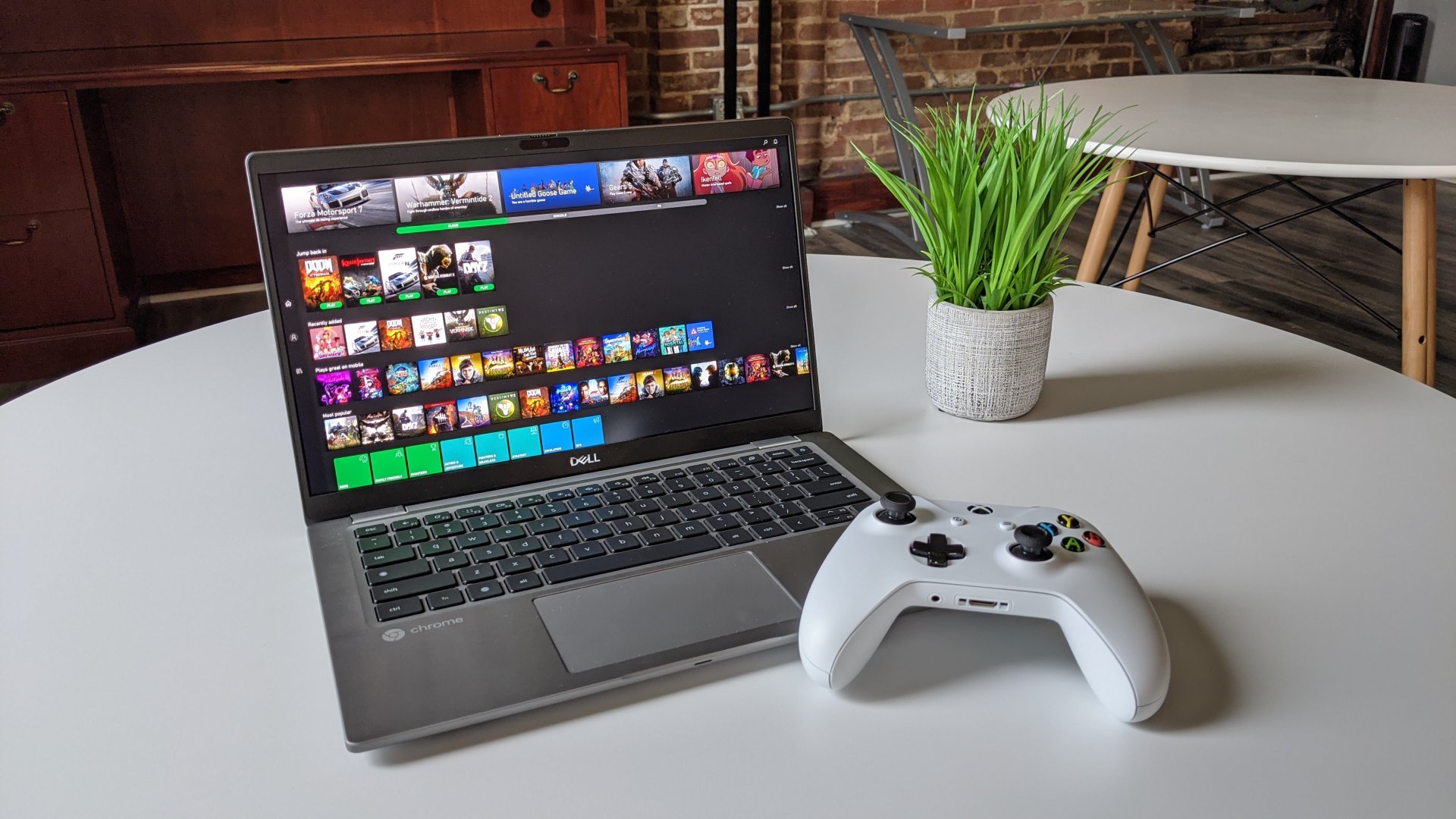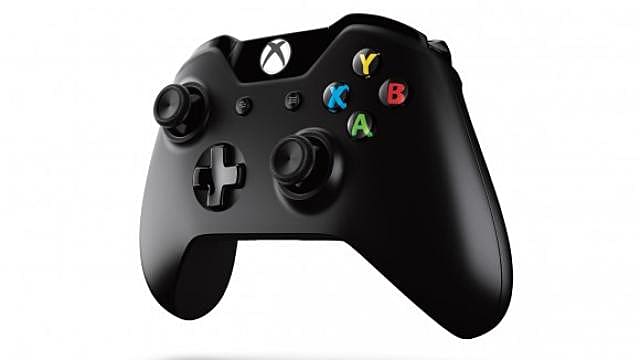Can You Play Xbox On Your Macbook
- The MacBook Pro does not support the option to be used as an external display (also called Target Display mode). The only Mac which supports it is the iMac. You can use a Late 2009 or Mid 2010 27-inch iMac as a display for your Xbox 360 by using a special adapter like the Kanex XD. It is not compatible with any other Mac and it is not.
- Plug your Xbox controller into your Mac’s USB port and you should be good to go. Similar to most games you’ll play on an Xbox, 360Controller gives you options to switch controls, invert.
“If you always wanted to play Xbox One games on your Mac when someone else is using your TV, this is definitely easier than installing Windows 10 on your Mac.” GottaBe Mobile “The setup is simple and it works very well. You do this at your own risk, I take no responsibility for any damage or loss of data. Back Everything up before you attempt this. You have been warned! Bootcamp running on Yosemite OS X How.
When it comes to controllers, the Xbox One controller is regarded as one of the best ones out there. With the textured grip that has curves that slip into your palms comfortably, clicky durable buttons, and a sophisticated vibration system, who doesn’t want to enhance their gaming experience with the Xbox One controller? After all, sometimes you tend to prefer a nice controller for gaming rather than the traditional keyboard and mouse. The Xbox One is tempting too, with its sleek, streamlined design, custom button mapping and up to twice the wireless range. But what if you want to use the Xbox One controller for gaming on a Mac, and do not know how to connect it to your Mac?
For a Mac gamer who wants to use a controller as good as the Xbox One Controller to play games, it can be quite confusing as to how would one connect the controller to their Mac. But don’t worry! Outlined below is an easy explanation to use your Xbox One Controller on a Mac Computer. Start reading!

Contents
- 1 Steps to Connect your Xbox One Controller to Mac

Steps to Connect your Xbox One Controller to Mac
Xbox One is a wireless controller, true, but instead of Bluetooth, it implements Microsoft’s own proprietary wireless connectivity system. Because of this, it is not possible to use your Xbox One controller on the Mac wirelessly, by Bluetooth or the wireless adapter (MacOS does not support functionality for it yet).
However, you can use Xbox controller on Mac OS with the help of a micro-USB cable. Along with that, you will also require third-party drivers and configuration. The steps are easy, so follow them and let’s get started!
1. Installing the Third-Party Drivers
- Open your Web Browser
- Follow the link given below for the 360 Controller Driver:
- Download the latest release of 360Controller that is available on the GitHub link. As of this article, the latest release is 360 Controller 0.16.10.
- Before you begin the installation, save your files or other ongoing tasks or work as your Mac Computer will be restarted as part of the installation process of Xbox 360 Controller Driver.
- The .dmg file 360Controllerinstall_*.dmg will be present in the downloads folder. Double click to open it, and open the pkg file.
- Click on continue. Then click continue to Agree to the License Agreement present in front of you (Go through it if you want). Then click install.
- You will be prompted to restart your Computer to continue installing the software, as mentioned before. Click on Continue Installation.

- Click on Restart. Your Mac will be restarted.
- After restarting, open System Preferences. You will now find Xbox 360 Controllers among the icons at the bottom. Click to open it.
- It will display ‘No devices Found’ if your controller is not connected.
- The next step will be connecting your controller.
2. Connecting the Controller
- Plug in the Xbox One controller in the Mac. For the latest MacBook/MacBook Pro, use the USB-C to USB-A
- A System Extension Blocked warning might pop up. Click OK.
- In System Preferences, go to Security and Privacy. Open the General tab, and click on the lock in the lower left. Enter your password to Unlock.
- Click Allow.
3. Testing the Connection
- You can test if your controller is functioning properly with the Mac in the Controllers Test
- When your controller is connected and you press buttons on it, the image on the controller will respond. Test the buttons and check if they show up on the Preference pane. After checking all the buttons, you can be sure that the Xbox One controller is now functioning properly with your Mac.
4. Time to Put the Controller to Use
Your controller is Connected! Run your favorite Mac Games and start playing with the Xbox One Controller!
Configuring Xbox Controller on your Macbook
After your xbox 360 or xbox one controller has been connected, you can optionally set some changes according to your wish.
- On the front page, you can invert the X or Y axis of the controller, for both the left and the right stick. For example, in-game, if you press the joystick upwards the camera will move downwards. This is preferable to some Users.
- In the Binding tab, you can also link each control to a custom or default function, as per your desire. (Warning: this custom button mapping might prove to be buggy in the current version).

- Under the Advanced tab, the controller’s sticks can be calibrated in order to fix the dead zones.
- If for any reason you wish to uninstall the driver from your Mac, there is an uninstall option present in the Advanced tab.
Final Take!
I hope your Xbox One controller was able to connect to the Mac successfully. If you require added troubleshooting help, you can refer to the ReadMe for 360Controller or visit Tattiebogle, who is the forerunner of the array of Xbox + Mac Drivers that are accessible.
If this is not helpful, or if you face any further problems regarding the connection of the controller, feel free to ask in the comments section below and we shall get back to you as soon as possible.
I hope this article was beneficial to you! That’s all for today’s article about How to connect your Xbox One Controller to Mac computer.
Keep on reading for more informative articles about topics that might interest you.